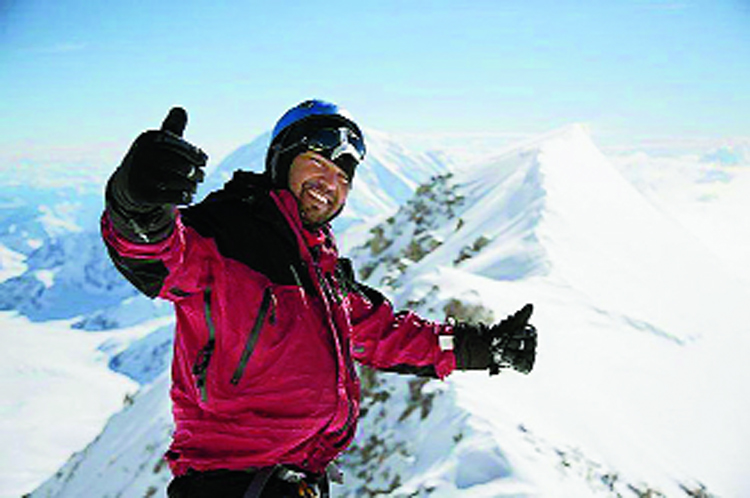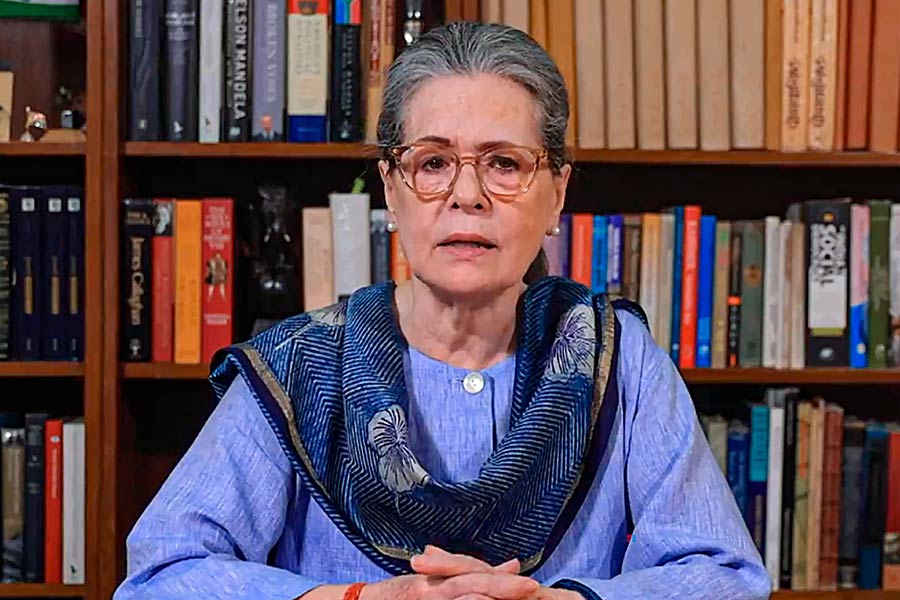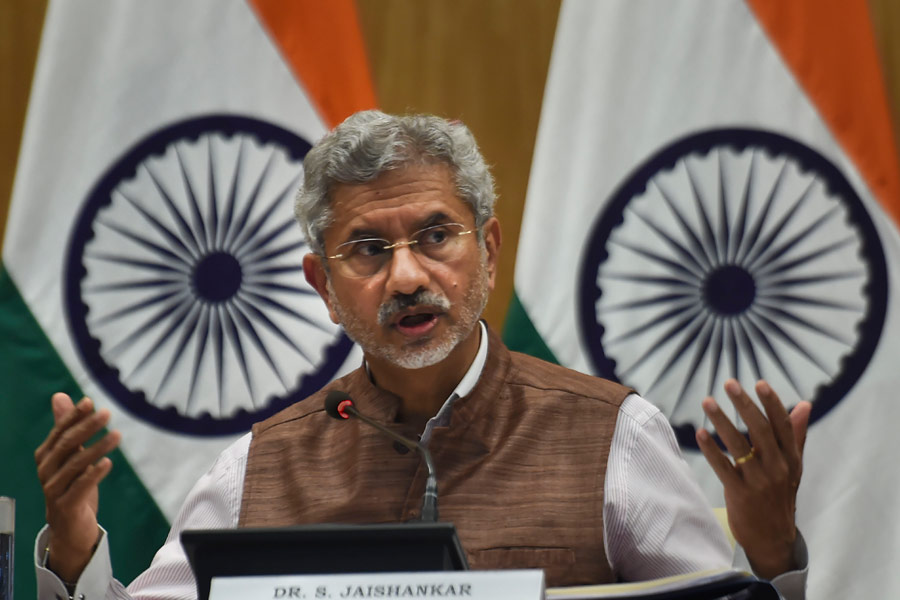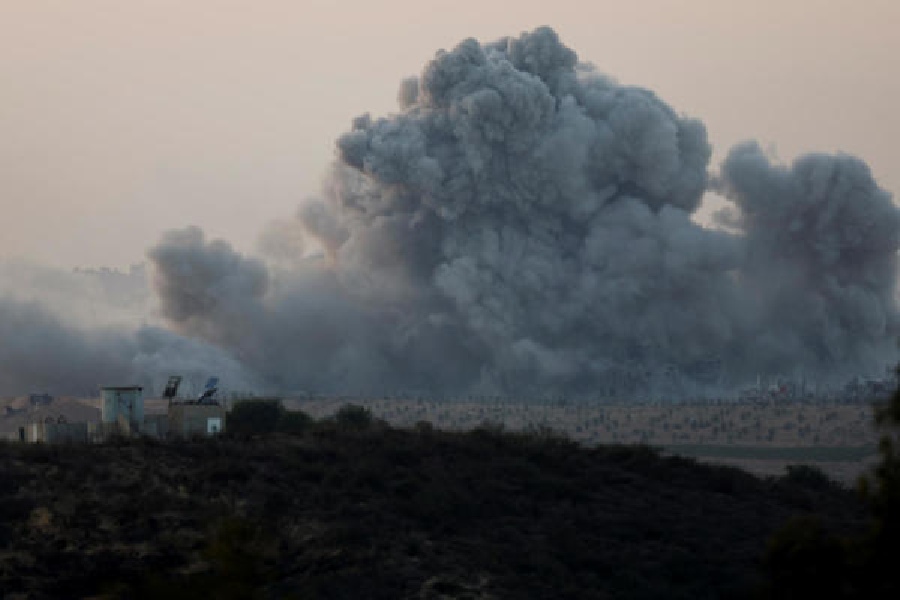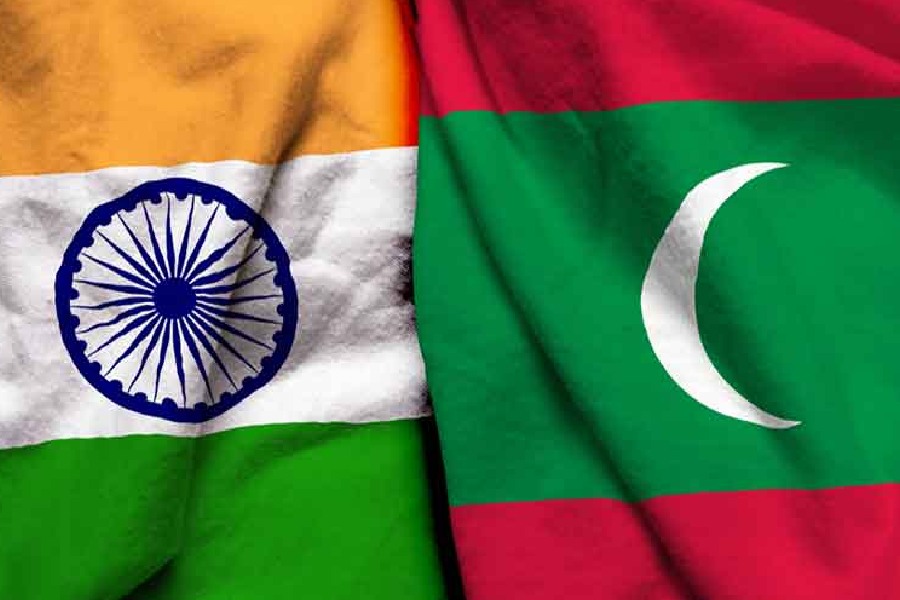Satyarup Siddhanta is 35 years and 272 days old and Earth has no bigger heights for him to scale.
When the mountaineer from Bengal set foot on Antarctica’s highest volcano — Mount Sidley — at 6.25am on Wednesday after an over-10-hour climb, he became the youngest person in the world to conquer the Seven Summits, the highest peaks in the seven continents, and the Seven Volcanic Summits.
The feat, however, awaits confirmation from The Guinness Book of Records.
The earlier record was held by Daniel Bull from Australia, who achieved the feat at the age of 36 years and 157 days.
The mysteries of Antarctica and the lure of standing on the summit of a remote and rarely climbed peak drove Satyarup through storms and punishing cold, with the Celsius plummeting to as low as -40 degrees.
“At 10:10 Fluttered the india flag at sidley what a proud moment,” tweeted Satyarup from the summit of Sidley.
Standing at 4,285m above the sea level, Sidley is Antarctica’s tallest volcano and is located in Marie Byrd Land, the largest patch of “no-man’s land” on Earth.
Marie Byrd Land in west Antarctica is not claimed by any nation, unlike other Antarctic territories.
The region is rarely visited because of its hostile climate. Its remoteness proved to be Siddhanta’s biggest challenge. Although an extremely cold ascent, Sidley is not technically difficult to climb, mountaineers said.
Sidley was first summited by New Zealander Bill Atkinson in 1990. It took 20 years for another man to climb the peak.
Because of its remoteness. many routes of Sidley remain unexplored. Even satellite images of the area are sparse.
The only mode of communication for Satyarup was an inReach satellite communicator.
He started his journey from Calcutta on January 3. He reached Punta Arenas, at the tip of Chile, on January 8 before being dropped to the ALE base at the Union Glacier camp by an Ilyushin 76 aircraft. Satyarup reached the Sidley base camp on January 11 along with Sanya Toth, 41, from Hungary, and Vladislav Vladimirovich Lachkarev, 40, from Russia.
The trio embarked on the expedition with the help of two guides.
The team climbed alpine-style, in which climbers carry a minimal amount of equipment, have little or no outside support and do not use supplemental oxygen.
Mountaineers said the most difficult part of the Sidley expedition was the unpredictable weather and the lack of accurate weather forecast.
“Climbing mountains is not just about putting one foot in front of the other. Mental fortitude and discipline are very important,” said James Stones, who completed the Seven Volcanic Summits at the age of 59.
“In Mt Sidley there is no weather forecasting infrastructure. The accuracy of forecast is not good and so one has to mostly depend on educated guesses in making decisions on whether or not to climb. None of the other six volcanoes is glaciated in the way it is here. None of them has the permanent snow and ice that Sidley does.
“It is generally colder and windier than any other volcanoes. The greatest challenge is its remoteness. When the wind blows here it picks up minute particles of snow, which are very hard and very sharp and if you are not wearing goggles, the particles may scratch your eyes and it might result in snow blindness,” Stones said.
For the expedition, Satyarup and his team flew in a Twin Otter, which has a shorter range. It was followed by another plane carrying spare fuel.
Siddhanta’s mother Gayotri offered a peek into the early signs of things to come. “My son is fearless since childhood. When we used to visit a neighbour, he reached there by scaling walls,” she said.
Gayotri said Satyarup was diagnosed with asthma when he was in Class IV.
“Because of his breathing problem he could not participate in 100m races in school. He always had to carry an inhaler. While in college in Bangalore, he went to visit a small hill and forgot to carry his inhaler. He had breathing problems there. But that gave him the confidence that he could survive without an inhaler. Thereafter, his breathing problem disappeared,” she said.
A long-time friend and neighbour of the Siddhantas, Subhamoy Mazumdar said: “In school, Satyarup was my junior. But we used to learn piano together and went to the same private tutor. On December 31, 1999, we cycled 11km to Karna Subarna and watched the last sunset of the millennium.”
-
Additional reporting by Alamgir Hossain in Behrampore
NO GOAL TOO HIGH
The seven summits and as many volcanic summits scaled by Satyarup Siddhanta
SEVEN SUMMITS
- Mount Kilimanjaro in Africa (5,895m): June 2012
- Mount Elbrus in Europe (5,642m): June 2013
- Mount Aconcagua in South America (6,962m): January 2014
- Mount Denali in North America (6,190m): June 2014
- Mount Kosciuszko in Australia (2,228m): June 2015
- Mount Everest in Asia (8,848m): June 2016
- Carstensz Pyramid in Australasia (4,884m): June 201
VOLCANIC SUMMITS
- Mt Kilimanjaro: June 2012 and June 2018
- Mt Elbrus: June 2013
- Mt Ojos Del Salado (South America):January 2018
- Mt Damavand (Asia): September 2018
- Mt Giluwe (Oceania): November 2018
- Mt Pico De Orizaba (North America): December 2018
- Mt Sidley (Antarctica): January 16, 2019

